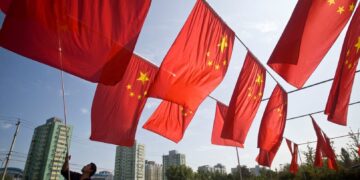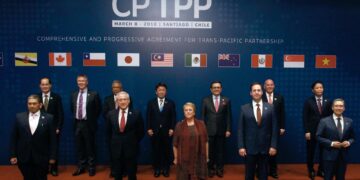The China-led $40 billion Silk Road Fund Company Ltd. began operations in early January to finance Chinese economic development programs: the Silk Road Economic Belt and the 21st Century Maritime Silk Road. The fund will invest in infrastructure, resource development, and industrial and financial cooperation to connect Asian, Australian, and European economies through a trade belt that stretches across the eastern hemisphere.
Chinese President Xi Jinping first announced his “Belt and Road” initiative in 2013. In November 2014, Xi committed $40 billion to the fund from the state, and in December it was officially established and opened to investors.
The fund’s first phase of outside financing brought in $10 billion in investment from China’s foreign exchange reserves—which contributed the majority of the initial funds—China Development Bank, China Investment Corporation, and the Export-Import Bank of China. The upcoming second and third phases will involve domestic and foreign investors. People’s Bank of China Governor Zhou Xiaochuan said in February that while based in Beijing and currently supported by a majority of Chinese investors, the Silk Road Fund is not state-owned and will be dominated by currencies other than the Chinese yuan.
The fund operates much as a private equity venture, but with a smaller group of investors committed for longer terms. It also compares to institutions such as the World Bank’s International Finance Corporation and the African Development Bank in mission and scale, but it is financed by a small number of investors rather than by public funds.
The private equity venture-type structure of the fund shows that China is backing down from riskier politically-driven deals that are not always in the country’s best economic interests, according to the South China Morning Post. Analysts have said that the structure will effectively depoliticize the fund, allowing its managers to seek lower-risk investments.
When Xi announced the Silk Road Fund in November, he said that it would “break the connectivity bottleneck” in Asia. Just as importantly, it will allow China to offload construction resources that have piled up as the country’s breakneck infrastructure growth has slowed in recent years, as well as strengthen China’s political and economic clout in the east.





























